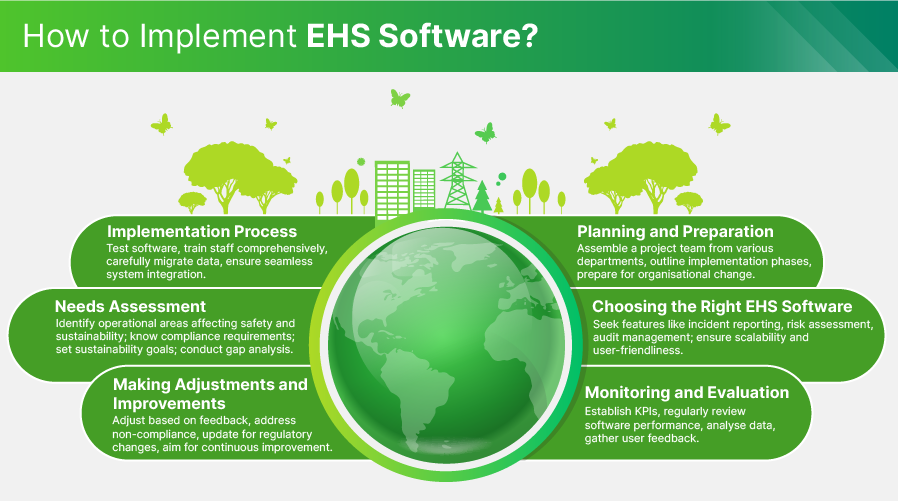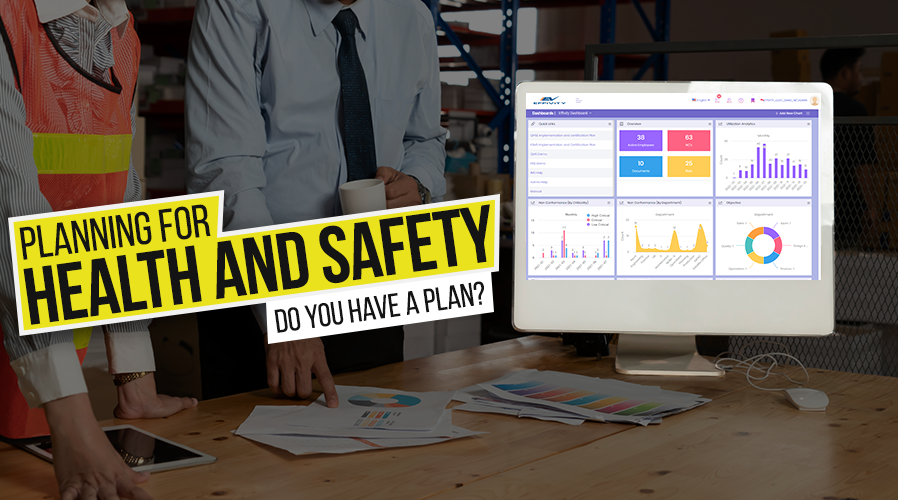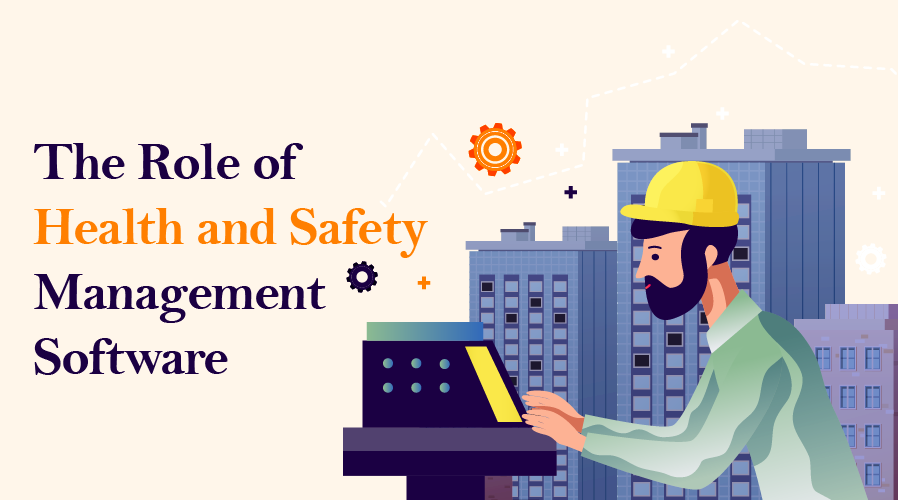Environmental, Health and Safety (EHS) Software is a vital tool for managing workplace safety, environmental compliance and employee well-being. This digital solution streamlines the process of adhering to legal regulations and enhances the overall safety culture within your organisation.
By integrating EHS system management practices, you can monitor and manage risks more effectively. The software allows you to automate procedures, mitigate risks, enhance operational security and boost workplace productivity by creating a safe work environment. Most of all, what makes environmental health and safety management software essential is its ability to provide real-time data and insights. This information is crucial for making informed decisions that protect both your employees and the environment.
Adopting EHS software is essential for modern organisations, especially when you aim to uphold high safety standards. This guide to implementing EHS software will lead you through the necessary steps to successfully implement an EHS system, ensuring your company complies with standards and fosters a safe, healthy and environmentally responsible workplace.
Step-by-Step Guide to Implement EHS Software in Your Organisation

Step 1: Needs Assessment
The first step of implementing EHS software is understanding where you stand and where you need to be. These are the four aspects you need to take care of under this step:
1. Identifying Organisational Needs
Start by listing all areas of your operation that impact employee safety, health and environmental sustainability.
2. Understanding Compliance Requirements
Next, familiarise yourself with local, national and international regulations relevant to your industry. Knowing these requirements inside out ensures that the EHS safety software you select can effectively manage compliance with EMS standards.
3. Goals for Sustainability
Set clear, achievable goals for environmental sustainability within your organisation.
4. Conducting a Gap Analysis
Finally, conduct a gap analysis to pinpoint areas for improvement. Compare your current EHS practices against the standards you aim to meet.
Step 2: Choosing the Right EHS Software
Choosing the right EHS safety software is instrumental in the success of your safety management plan. Look for software that offers comprehensive incident reporting, risk assessment tools, audit management and corrective action tracking. These features are essential for maintaining a proactive approach to safety, health and environmental management.
Additionally, ensure the software provides robust data analytics for informed decision-making. Your chosen EHS safety software must grow with your organisation. Scalability ensures that as your business expands, your safety management system can adapt without the need for a complete overhaul.
Seamless integration with your existing systems (like HR and operations software) ensures that EHS management becomes a part of your organisation's fabric. This connectivity enhances data accuracy and streamlines processes.
Opt for solutions with intuitive interfaces and straightforward navigation. User-friendly software for safety management increases the likelihood of consistent use across the organisation, enhancing the effectiveness of your EHS programs.
Step 3: Planning and Preparation
To successfully implement environmental health and safety management software, careful planning and preparation are essential. Begin by assembling a dedicated project team. This team should include members from various departments who understand your organisation's safety needs and can provide insights into the unique challenges you face.
Your project team should outline key phases of the implementation process, from initial software setup and data migration to staff training and execution. Each phase should have specific goals and deadlines, ensuring the project stays on track.
Preparing your organisation for change is another critical step. Change management involves communicating with your employees about the benefits of implementing the software and how it will improve their day-to-day tasks.
Step 4: Implementation Process
For a smooth rollout of your EHS software, following a structured implementation process is key. Begin by testing the software in a controlled environment to identify any issues before going live.
Training your staff is a crucial next step in the guide to implementing EHS software. Offer comprehensive training sessions that cover all aspects of the software, from basic navigation to advanced features.
When it comes to data migration, plan carefully to transfer existing safety records into the new system without losing important information. Work closely with your software provider to ensure a seamless integration with your existing systems.
Step 5: Monitoring and Evaluation
After implementing your EHS safety software, it's crucial to monitor and evaluate its effectiveness continuously. Start by establishing Key Performance Indicators (KPIs) tailored to your organisation's specific safety, health and environmental goals.
Regularly schedule reviews of the software's performance against your KPIs. This involves analysing data collected by the software to identify trends, areas for improvement and successes.
It is also important to gather feedback from software users within your organisation. Their insights can highlight usability issues, feature requests and aspects of the software that are working well or not.
Step 6: Making Adjustments and Improvements
After evaluating processes with the Environment management software, it's time to make necessary adjustments and improvements. If you discover that certain features are underused or not meeting expectations, consider reconfiguring these settings or requesting additional training for your team.
If the data reveals areas of risk or non-compliance, immediately prioritise these for corrective action. It's also essential to stay abreast of any regulatory changes or updates in safety protocols to ensure your software and practices remain compliant.
Remember, the goal is continuous improvement. Regularly revisit your software's performance. Seek ways to enhance efficiency, reduce risks and foster a safer workplace. This proactive approach ensures your EHS strategy evolves alongside your organisation.
Final Thoughts
Implementing EHS software goes beyond compliance. It is a testament to your organisation's dedication to creating a sustainable future while ensuring health and safety are kept at the heart of this effort. Implementing EHS software requires careful planning, training of team members, diligent monitoring and timely corrective action.
Effivity's EHS software is the perfect ally to your organisation's EHS implementation endeavour. It offers a suite of features designed to address the unique challenges of EHS management. By integrating Effivity into your safety strategy, you gain access to an intuitive platform that simplifies compliance, enhances data-driven decision-making and fosters a safer work environment.
Try Effivity's software for free by booking a consultation call and free trial with our team today!




















